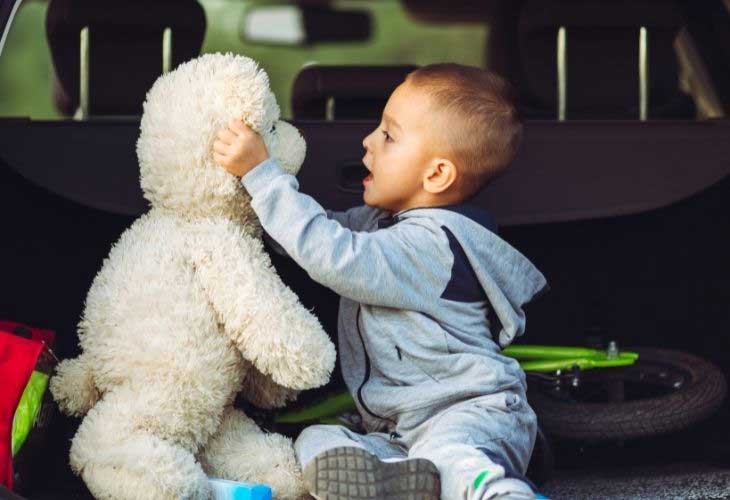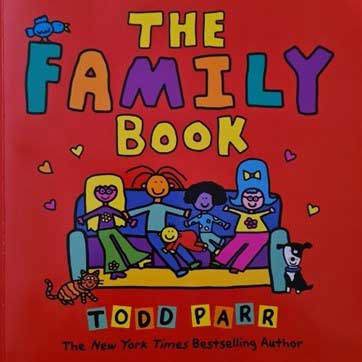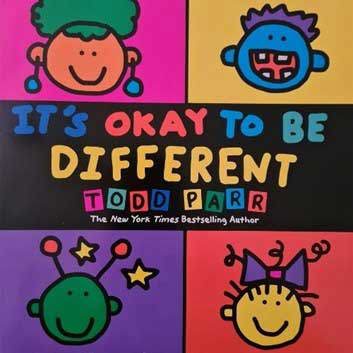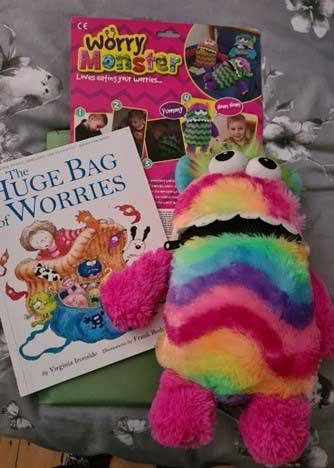The Importance of Play
- Blogs and News

Hayley is a therapeutic foster carer who wanted to become a foster carer to help break the cycle of trauma.
By using play and imagination, Hayley helped a little boy explore and express his emotions. This helped with behaviour, emotions, friendships, and school too.
After 8 months with our Hayley and her family, the little boy made huge improvements in home and school. He was very proud of himself. He was returned to his Mum.
Fight or flight mode
One little boy came from a home with domestic violence, so when he arrived with us he was quite violent in his play, hadn’t really been played with and didn’t know how to use his imagination. This was being reflected at school too.
He would hit a child sitting next to him in class if the child leaned into him to get the pencil from across the desk. When playing football, if he was tackled and another child got the ball he would hit and push or punch the chid saying they had pushed him to get ball. He could not cope when anyone touched him and would go straight into fight or flight. He was always on high alert.
How play therapy helped
We would play outdoor games and teach him the rules of the games without any need to hit. Even outdoors in the supermarket he would walk fast and push past people saying there in front of me.
At home we would use stories and imagination when playing with the figures or dolls, helping and caring for the figures or dolls instead of them hitting and killing each other in the game.

By letting him play with all toys; baby dolls playing house, teddy bears picnic, the play was adapted to his age and parts of his development he'd missed out on.
You can build on the nature side by using some of the interventions in the books. Just simple work sheets, painting and drawing. Taking time to go back to the beginning of child development can really help. This was what he needed, but each child will be different and you will find out which type of play and nurture they need each placement.

Inside out is a great movie for discussing emotions and feelings. Behaviour charts gave him rewards to help with behaviours too.
Making a difference
He did over time in school become much calmer and take turns being patient with other children. He became a lot calmer and happier, when he realised everyone doesn't want to hurt him.
"He expressed that he was angry, and that's why he hit out, but he loved the worry monster and talking about feelings and emotions."
Hayley

In school he was so proud when he got child of the week! He said he had never got it as he was never good in school (he was in Year 3). We had a celebration tea that night. Another proud moment. His Mum would also write to us each week and tell us she was very happy with us and him. He was so settled.
He was with us for 8 months, and had made huge improvements in home and school. He was very proud of himself. He was returned to his Mum.
"I noticed an improvement, when one day in the supermarket he reached into a fridge and helped the person trying to get an item. He was very proud of himself! I also was very proud of him!"
Hayley
Categories
Tags
- Part time (Respite) Carers
- Types Of Fostering
- Short Breaks Carers
- Fostering teenagers
- A young persons story
- LGBTQ Fostering
- Fostering and ethnicity
- Care Day
- Fostering babies
- Fostering siblings
- Fostering community
- Single foster carer
- Sons and daughters
- Disabled foster carer
- Training
- Fostering and pets
- Fostering at Christmas
- Unaccompanied asylum seeking children
- Father's Day
- A young persons' story
- Muslim fostering
